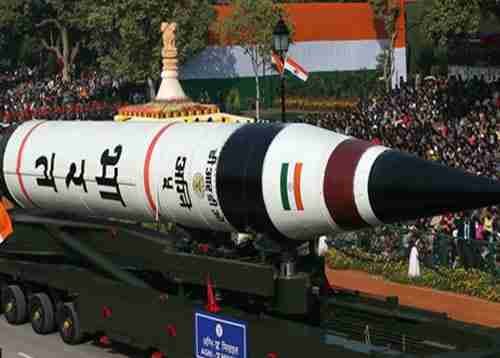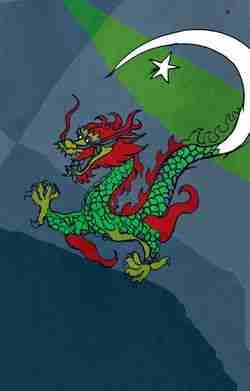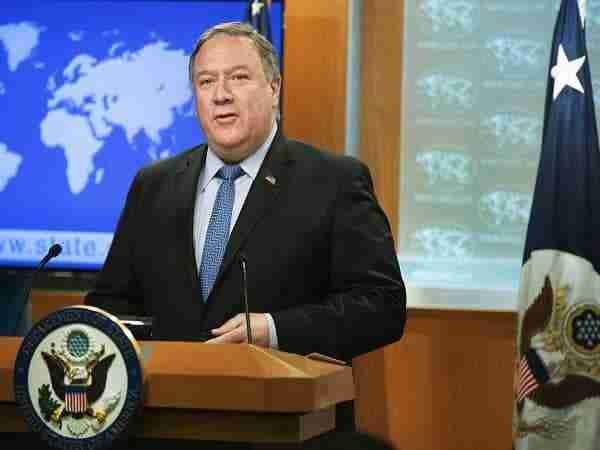MAROOF’S MUSINGS: CHANGING NUCLEAR POSTURES
Even as analysts the world over are coming to terms with US President Donald Trump’s remarks on nuclear weapons – a willingness to even start another arms race to outmatch and outlast all rivals – India’s politicians are almost embarrassed to admit that India is a nuclear weapon state. And any talk of revisiting our stated stand on ‘no first use’ throws up angry responses from politicians and peace nicks across India, like Mr Parrikar did, who until recently was the defence minister, in his personal capacity. A key element of any country’s nuclear strategy must be the ability of its political leaders to convey their intent to use nuclear weapons, without which deterrence cannot be enforced. In fact, ‘the study of nuclear strategy is therefore the study of the nonuse of these weapons’, stated Sir Lawrence Freedman.
Concerned with Russia’s nuclear modernization efforts, President Trump has said that, “The United States must greatly strengthen and expand its nuclear capability until such time as the world comes to its senses regarding nukes,” on Twitter, on December 22, 2016. And for good effect, he then added the next day on MSNBC radio that :”Let it be an arms race. We will outmatch them at every pass and outlast them all.” This has thrown all the arms control lobbies into a tizzy, fearing a catastrophe. And as a first step, the US is now likely to modernize its nuclear arsenal and its doctrine, so “that the United States nuclear deterrent is modern, robust, flexible, resilient, ready, and appropriately tailored to deter 21st-century threats and reassure our allies”.
Compare this with India’s nuclear posture, ever since 1998, when Mr Vajpayee took the least aggressive posture by announcing a ‘no first use’ doctrine. It was apparently a hurried response and arguably announced without due deliberation, reflecting the uninspiring state of India’s national security decision making that is dominated largely by India’s civilian political, bureaucratic and to a more limited extent, her scientific elite. This tight civilian control has been hailed by Western commentators. But it raises crucial issues, such as, does India have the necessary second-strike capability to respond to Pakistan’s threats to use tactinal nuclear weapons, if India were to use the ‘cold start’ doctrine, (that could be initiated in the aftermath of a major terror attack, which could lead to Pakistan using its tactical nuclear weapons, as a Pakistani, Zamir Akram, most recently suggested)?
In such circumstances how would India’s ‘no first use’ policy and its doctrine of credible and survivable deterrence add up? India’s second-strike capability (which it needs to enhance further anyway), would require a certain amount of pre-delegation of launch authority to local commanders, not least because of the rudimentary state of much of India’s telecommunication network. And although the present government has been engaging the service chiefs during a crisis, in an advisory capacity, will our civilian leadership be willing to give that authority to military commanders? Currently, India’s nuclear command and control chain apparently runs down from the Prime Minister, through the Cabinet Committee on Security Affairs to the Defence Minister, the Chiefs of Staff Committee, Strategic Forces Command and to the service HQs.
Pakistan has exploited India’s unwillingness to adopt a pro-active nuclear strategy, to push its terror agenda under its own nuclear umbrella. But this could soon change. Former NSA, Shivshankar Menon has recently gone on record to admit that “there is potential grey area when India would use nuclear weapons first’’. And now, at a recent conference in Washington, Vipin Narang an MIT scholar has claimed that evidence now suggests that India may not restrict itself to a no first use policy, in the event of a standoff with a nuclear adversary, but instead New Delhi could order an all out ‘comprehensive counterforce strike’ without waiting to engage in a tit for tat exchanges that will endanger Indian cities, (as reported by the Times of India on 1st April, 2017). It should worry Pakistan, more than anyone else.



